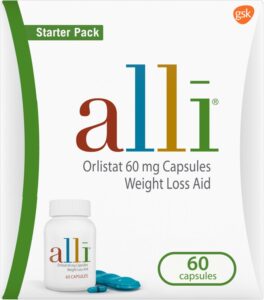“True influence drives action, not just awareness” – Jay Baer The social media platforms are expanding and evolving unremittingly. The marketing industry has had to change and adapt the new landscape to continue to reach consumers. The growth of social media users is substantial over the years and more than two billion internet users are using social networks. This trend is going to increase considering the mobile and mobile network usage. According to recent statistics, not only the audience size is becoming larger but also the time spent on social media is also increasing. Weighing up the role of social media in consumers’ buying decision, marketers are exploring new ways to reach consumers on these platforms. One of the unique ways that is emerged out of necessity for better reach of the audience is influencer marketing. Over 92% of consumers believe reviews and feedback from family and friends over all kinds of advertising. Social media influencers are trusted as much as a friend by their followers. Marketers combine an influencer’s trust relationship with their followers’ size on social media to spread the word about their brand. In influencer marketing, you push your brand’s core message to the large set of target audience through an “influencer” in your field of business. The marketing activities are aligned around the influencers who can influence the potential buyers or customers. Instead of marketing directly to consumers, influencers get the word out for you and their popularity in the digital society leverages your efforts to reach a bigger audience. Influencer marketing intertwines with social media and content marketing. Influencers have hundreds and thousands of social media followers. Your brand can be exposed to them on their social media channels. It is a virtual word of mouth marketing, to be precise. The key for marketing through influencers is segmentation of consumer attention. The real challenge for marketers in influencer marketing is to identify ‘right influencer’ for their brand and the ‘right spot’ in purchase cycle to place them in.

Key components of influencer marketing strategy:
- Define your business goals
- Discover the right influencers for your brand or business
- Create campaign aligning your goals with your influencer’s image and reach
- Define key performance indicators (KPIs) and measure performance of campaign
- Repeat




